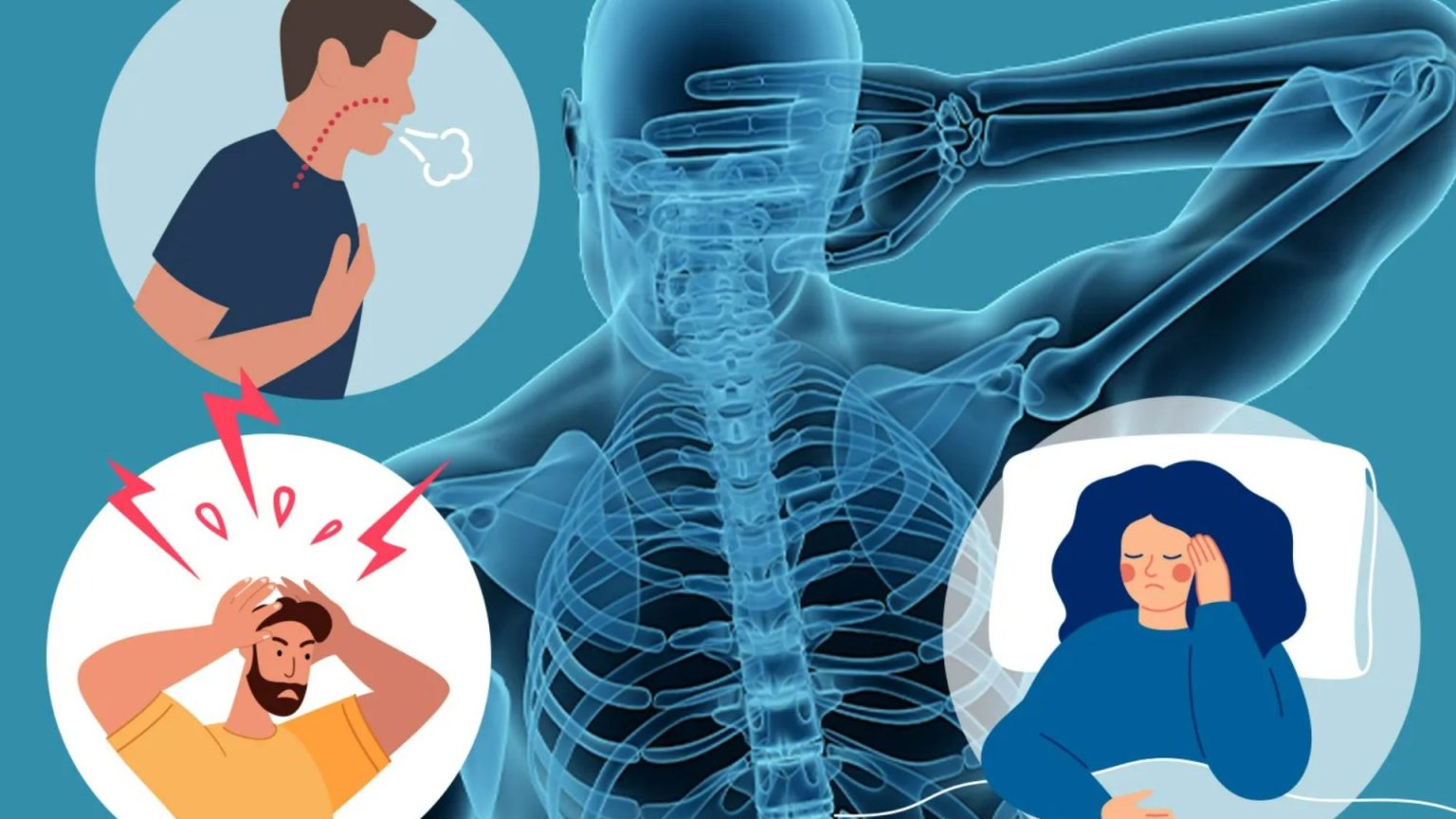Headaches are a common ailment, often triggered by stress, overindulgence, changes in routine, or illness. While most headaches are benign and resolve within a few days, understanding the different types and associated symptoms is crucial for identifying potential underlying conditions. The location of the headache can offer clues about its cause, but additional factors like duration, associated symptoms, and any changes in bodily functions must also be considered.
Frontal headaches are typically attributed to tension, migraines, sinusitis, eye strain, or poor posture. However, more serious conditions like temporal arteritis (inflammation of the temporal artery) or brain tumors can also manifest as frontal headaches. Similarly, headaches at the back of the head can be caused by migraines, tension, caffeine withdrawal, or more serious issues such as changes in blood pressure, bleeding in the brain, strokes, ruptured aneurysms, or tumors. It’s important to consult a doctor if a headache persists for more than a week to rule out any serious underlying causes.
While the possibility of a brain tumor is a common concern with persistent headaches, it’s important to remember that they are rare. Less than 1% of the population is diagnosed with a brain tumor, with the highest incidence occurring in individuals over 80. The five-year survival rate for benign brain tumors is encouraging, at 92%. When assessing the possibility of a brain tumor, factors such as the location, duration, pattern of the headache, and associated symptoms like changes in neurological function (weakness, numbness, vision changes) should be taken into account. Worsening of the headache with coughing or straining is another red flag.
Brain tumors, though statistically uncommon, pose a significant health risk. In the UK, over 12,000 people are diagnosed with primary brain tumors annually, with about half being cancerous. Tragically, brain tumors are the leading cause of cancer-related deaths in children and adults under 40. The disease dramatically reduces life expectancy, with a five-year survival rate of only 12% for adults. Brain tumors are classified into two main types: benign and malignant. Benign tumors grow slower and are less likely to recur after treatment, while malignant tumors, originating in the brain or spreading from other parts of the body, are more aggressive and prone to recurrence.
The symptoms of a brain tumor can vary but often include headaches, seizures, nausea, vomiting, memory problems, personality changes, weakness or paralysis on one side of the body, vision problems, and speech difficulties. Experiencing a headache that feels different from usual should prompt a visit to the GP for further investigation. While any of these symptoms can be indicative of other conditions, it’s crucial to rule out the possibility of a brain tumor, especially if multiple symptoms occur concurrently.
It’s important to be aware of potential red flags and seek medical attention if a headache persists, worsens, or is accompanied by other neurological symptoms. While most headaches are benign, a thorough evaluation can provide peace of mind and ensure timely intervention if a more serious condition is present. Early diagnosis and treatment are critical for managing brain tumors and improving outcomes. While the statistics regarding brain tumors can be alarming, it’s important to avoid self-diagnosis and consult with a healthcare professional for accurate assessment and guidance.


